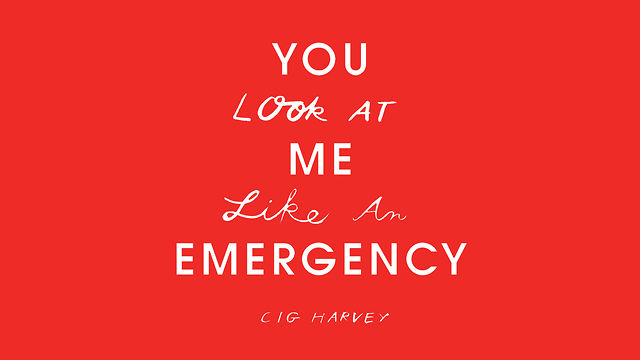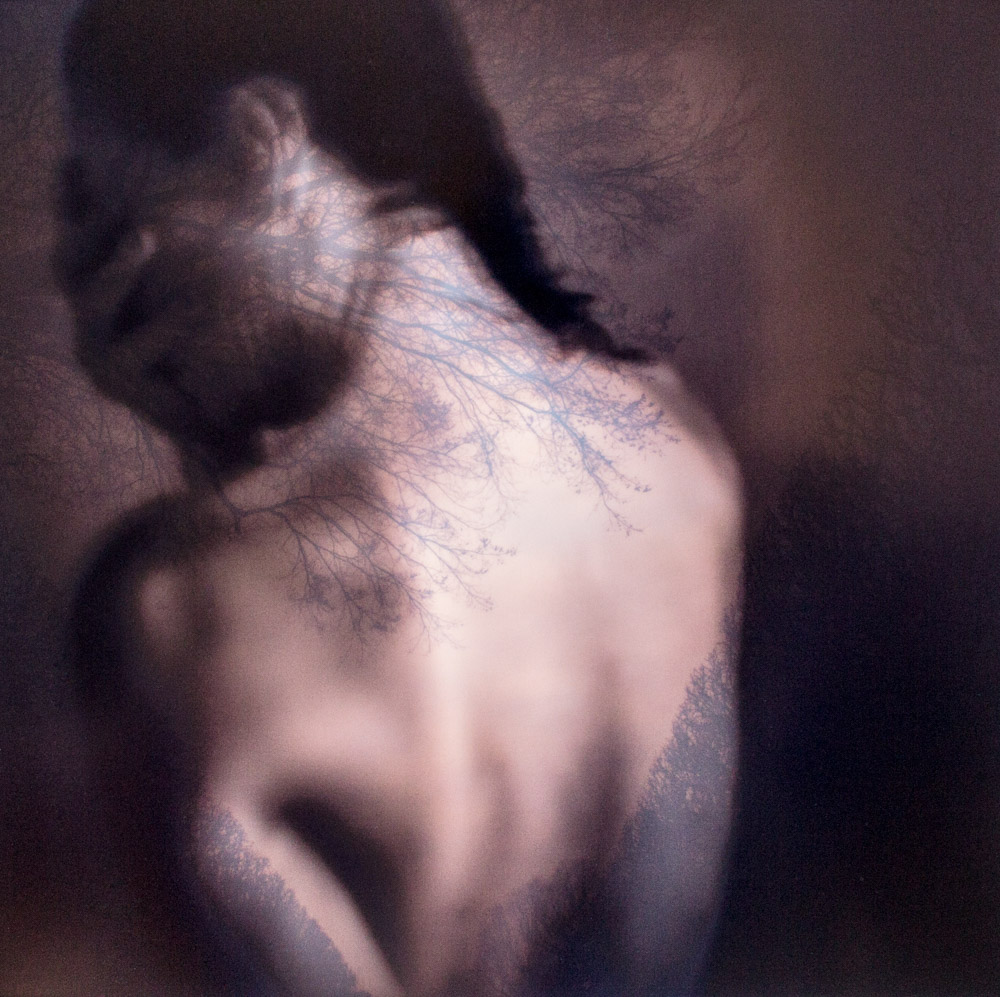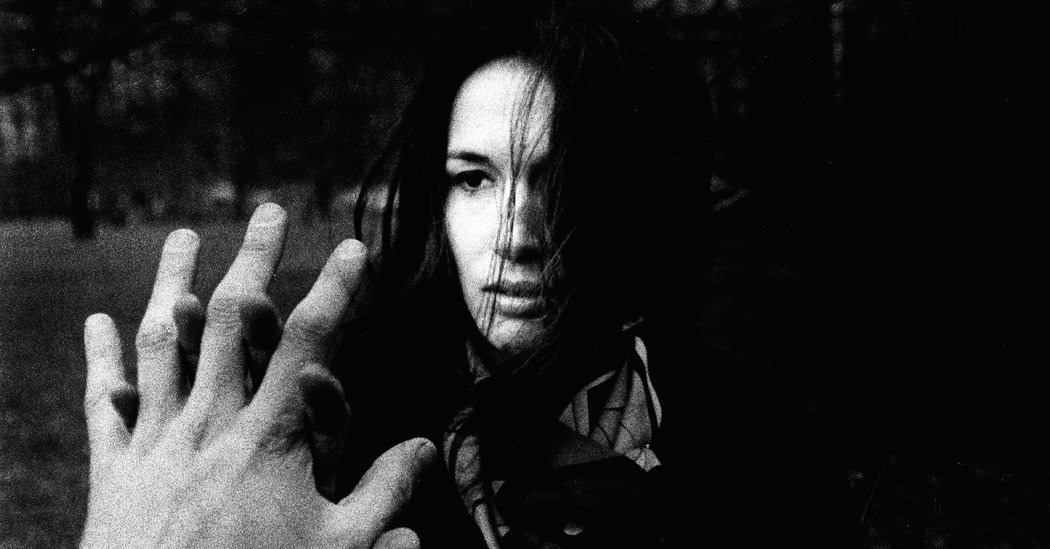Through June 15, the gallery Magasin de Jouets in Arles will welcome three talented young contemporary photographers who confront their worlds, attitudes and practices through complementary pieces of work. Ulrich Lebeuf, Stéphane C. and Olli Berry give us the world as they see it
Category: Editor’s Choice
-
Look3 Report: Stanley Greene on Luck, Film and Supporting Young Photographers
A central theme of many of Greene’s stories was the recurring role that chance has played throughout his career, in large and small ways.
“I honestly believe photography is 75 percent chance, and 25 percent skill,” he said in response to a question from an audience member toward the end of the talk. “In accidents, we really discover the magic of photography.”
-
Trang Bang: 40 Years Later
It’s difficult to explain to someone who has grown up in the world of digital photography just what it was like being a photo-reporter in the all too recently passed era of film cameras. That there was, necessarily, a moment when your finite roll of film would end at frame 36, and you would have to swap out the shot film for a fresh roll before being able to resume the hunt for a picture. In those ‘in between’ moments, brief as they might be, there was always the possibility of the picture taking place. You would try to anticipate what was happening in front of your eyes, and avoid being out of film at some key intersection of time and place. But sometimes the moment just doesn’t wait. Photojournalism – the pursuit of story telling with a camera, is still a relatively young trade, but there are plenty of stories about those missed pictures. In the summer of 1972, I was a 25-year-old photojournalist working in Vietnam, where I spent two years trying to cover the events of that war. Some stories present themselves in more obvious ways than others, but as the U.S. began winding down direct combat roles and encouraging Vietnamese fighting units to take over the battle, there were moments when trying to tell that story presented enormous challenges.
-

Interview with Cig Harvey: YOU Look At ME Like An EMERGENCY
Interview with Cig Harvey: YOU Look At ME Like An EMERGENCY – LENSCRATCH
Sometimes you come across work you fall in love with, work that resonates with you in such a deep way, and you begin seeing the world through the lens and point of view of a great image maker. I have been a fan of Cig Harvey’s photographs from the moment I encountered her way of
via LENSCRATCH: http://lenscratch.com/2012/06/interview-with-cig-harvey-you-look-at/
Cig is a visual painter, creating images that shimmer with color and gesture, that have the punctuation and staccto of red berries, purple finger nails, or a diving bell. She speaks to memory, to moments, to quiet and beauty, and never loses her connection to the natural world. Her work is a sensory experience, where you feel what she feels when she captured the dapple of summer sunlight on skin or the splash of water that is a color only our memories seem to hold
-

The New York Times’s War Photojournalists Showcased at Photoville
Bringing Photographs of War to the Brooklyn Waterfront
The New York Times spotlights a decade of war photojournalism at Photoville, an immersive photo exhibition opening today in Brooklyn Bridge Park.
via Lens Blog: http://lens.blogs.nytimes.com/2012/06/22/exhibiting-a-decade-of-war/
Photographers for The New York Times have covered the wars in Iraq and Afghanistan since the beginning and continue to do so, long after most news organizations have withdrawn. They have brought the crux of the wars to the doorsteps of the American public — often at great personal risk.
-
A Tyranny of Ones
There just didn’t seem to be enough hours in the day that I could manage so that the work load of both shooting and file management was done with confidence and competence. In addition, I was exhibiting signs of retrograde camera envy. Besides the digital cameras at hand, I wanted to shoot with my 1940s Speed Graphic, a beautiful old beast of a press camera, with a 1943 aerial recon camera lens on it. I have shot with this camera for a decade, and find that when I look into its amazing viewfinder, I see things I just miss with my digi cams. The old lens, long and fast, sees the world in a very different way than the Canons, and in many ways IS a perfect foil for the smaller more agile counterparts. First, it uses Film. There is no practical affordable digital back for a 4×5” camera at least not yet, and frankly I kind of hope no one develops one anytime soon. There is, in the use of film, film holders, and a semi ancient camera, something very satisfying, very “I have to get this in ONE shot,” something very, shall we say, Romantic.
-

Bruce Davidson: Thoughts On A Lifetime With Leica
Bruce Davidson: A Lifetime with Leica
Renowned photojournalist and Magnum photographer Bruce Davidson has been acclaimed for over half a century for his searing images of street gangs, circus performers…
via Vimeo: https://vimeo.com/45721468
Well, there are two things I’ve never done: I’ve never been under fire in a war and I never learned how to open my eyes underwater. For example, I had a fashion assignment on the beaches of Miami, but there were Portuguese Man O’ War jellyfish so we couldn’t jump into the surf as planned. So the art director said to me, “Bruce, let’s rent a motel pool,” and I said, “That’s a great idea!” He replied, “OK, I’ll rent an underwater camera.” I dove in with this waterproof camera to take pictures of these actors playing with the new fashionable stretch fabric clothing, but I never opened my eyes underwater. When I got out of the water, the actors asked how it looked and I said, “It’s beautiful!” When the pictures were edited, there were headless people — headless children without arms, women with half their heads gone, etc. The art director said, “This is brilliant work. This is superb! How did you do it?” I never told them, to this day, that I had never seen a thing
-
The Boy from Troy by Brenda Ann Kenneally
There was an uneasy identification between the two of us that grew into friendship over the next eight years while I continued to document Kayla, Sabrina and their friends who lived as a family on the same block. A family, I discovered, that was formed largely in response to increasingly punitive legal, moral and economic shifts within their working class community. I watched, as school either became the interface between the justice system and a disengaged teenager or a lifeline thrown from an involved teacher. At year six, I began to agonize about the utility of this monster story and when Donny began school, it became evident that he was the story. Donny is the proverbial child that this neighborhood raised
-
lens culture: Paris Photo 2012
Lens Culture is pleased to present a high-resolution slideshow preview of 276 photographs that will be featured at Paris Photo 2012 in November. This is the largest and most important photography art fair in Europe — so in many ways, this is what the international art market looks like right now for photography.
-
Graphic Photographs of Commuters at Berlin Central Station
I use a form of robotic image acquisition. I usually set up a camera very much like a scientific experiment, to obtain technically optimized input, triggering the shutter automatically whenever suitable subjects enter the field of view. Those images, typically recorded by the thousands during the first stage of a project, are the building blocks for a different kind of creation.
-
Beat the Press – The New York Times
Opinion | Beat the Press (Published 2015)
Because it’s open season on journalism — from the left and right — powerful partisan voices have emerged, injecting lies into the public arena.
Link: https://www.nytimes.com/2015/11/13/opinion/beat-the-press.html
I’d like to believe that this video snippet was just another absurdity of campus life, where the politics are so vicious, as they say, because the stakes are so small. But it goes to a more troubling trend — the diminishment of a healthy, professionally trained free press.
-
Emil, Towards Horizon – The Eye of Photography
The Russian Emil Gataullin is a master of poetry in black and white, and of photography that recalls that of Henri Cartier-Bresson. It dances in a balance between austerity, deliberate reserve and romantic composition. His theme: the Russian village. A life far from the great decisions scandals, everything is in the light, honest and authentic. His wanderings in the small towns and villages are strolls in an unknown land, introspective walks, a return to his childhood. His photos are neither cynical nor idealist. They are only a moment in life, a declaration of love for a Russia that begins far away from Moscow.
-

CJR Special Report: Photojournalism’s moment of reckoning – Columbia Journalism Review
CJR Special Report: Photojournalism’s moment of reckoning
When Vox revealed in late January that Patrick Witty left National Geographic, where he was deputy director of photography, after an investigation for sexual harassment, an issue that’s long been discussed in private was catapulted into the open: Photojournalism has a sexual harassment problem. In interviews with more than 50 people, in a CJR investigation […]
via Columbia Journalism Review: https://www.cjr.org/special_report/photojournalism-sexual-harassment.php/
In interviews with more than 50 people, in a CJR investigation spanning more than five months, photojournalists described behavior from editors and colleagues that ranged from assault to unwanted advances to comments on their appearance or bodies when they were trying to work. And now, as the #MeToo moment has prompted change across a range of industries—from Hollywood to broadcasting to the arts—photojournalists are calling for their own moment of reckoning.
-

Project XV: New Perspectives on Photography | LENSCRATCH
Project XV: New Perspectives on Photography
Each year, I teach a year long Personal Project class at the Los Angeles Center of Photography where photographers continue with or create new bodies of work, produce artist’s books or catalogs, hone their articulation and consider their influences. To sa
via LENSCRATCH: http://lenscratch.com/2020/01/project-xv/
Each year, I teach a year long Personal Project class at the Los Angeles Center of Photography where photographers continue with or create new bodies of work, produce artist’s books or catalogs, hone their articulation and consider their influences. To say that I’m proud of these artists is an understatement–I’m amazed by their dedication to their craft and their journey as photographic artists. It has been a complete pleasure to spend 2019 with them.

